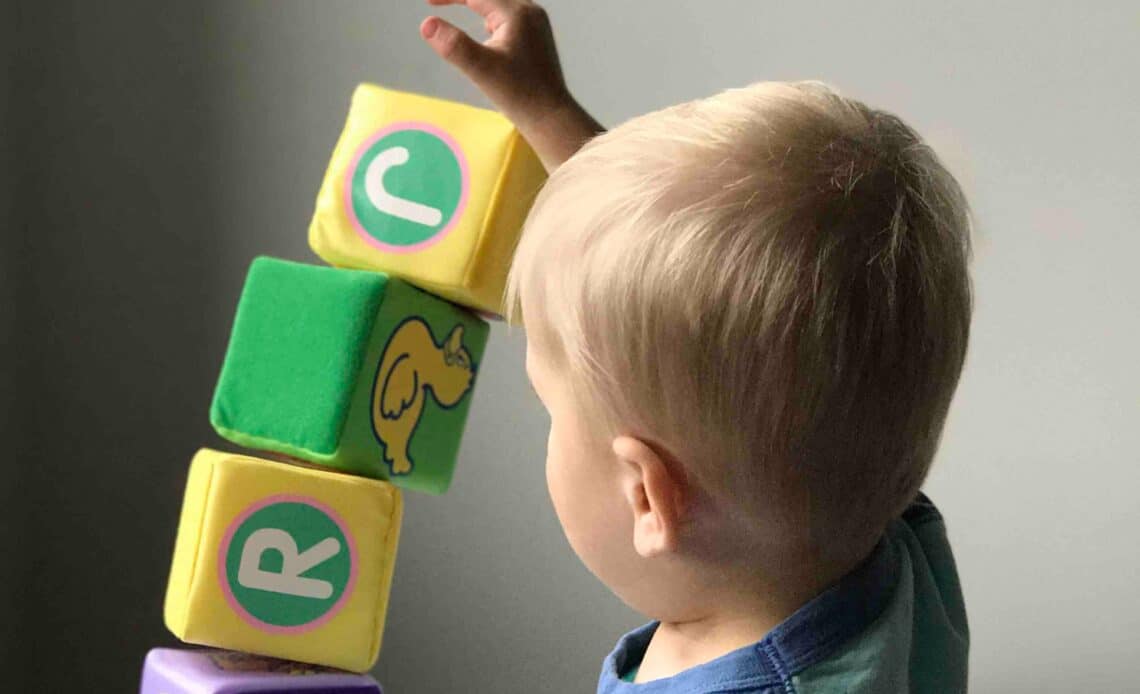
In today’s rapidly evolving world, the significance of early childhood development cannot be overstated. During these formative years, children acquire many skills to shape their future success. An often overlooked aspect of this development is the role of toys, specifically those marketed towards boys. Beyond mere child’s play, these toys can profoundly impact skill development, fostering cognitive, physical, and social abilities. Explore how boys toys are more than just entertainment and how they contribute to skill enhancement.
Cognitive Growth through Problem-Solving Toys
Toys have long been recognized as tools that stimulate cognitive development. They often include building sets, puzzles, and engineering kits. Engaging with such toys allows children to hone their problem-solving skills as they decipher instructions, plan, and manipulate components to achieve a desired outcome. These activities promote critical thinking and encourage youngsters to explore innovative solutions, skills invaluable in academic pursuits and professional life.
Delicate Motor Skill Refinement with Action Figures and Construction Sets
Action figures and construction sets are not just about creating imaginary worlds; they also facilitate the development of fine motor skills. As boys manipulate these smaller pieces, their hand-eye coordination improves. Precise movements are required to assemble intricate parts, enhancing skill and precision. These motor skills are transferable to various activities such as writing, playing musical instruments, and engaging in sports.
Communication Skills and Role-Playing
Boys toys, including intricate vehicles, detailed action figures, and expansive playsets, frequently encourage intricate role-playing scenarios beyond mere amusement. As children dive deep into imaginative realms, they develop their communication prowess by creating rich dialogues, negotiating pivotal roles, resolving conflicts, and articulating their multifaceted thoughts and emotions. Whether they’re weaving tales of superhero adventures, simulating complex real-life situations, or crafting stories from scratch, this interactive and imaginative play fundamentally cultivates advanced language skills, critical thinking, and empathy. It helps youngsters evolve into articulate and more effective communicators in diverse settings.
Teamwork and Social Development with Cooperative Games
Cooperative games, a popular category, foster teamwork and social development. These games require players to collaborate, strategize, and work together to achieve common goals. Children learn to share, compromise, and listen to others’ perspectives by engaging in such activities. These interpersonal skills are essential in building healthy relationships and succeeding in group settings.
Spatial Intelligence Enhancement Through Building and Crafting
These toys, particularly building blocks, puzzles, and diverse craft kits, play an indispensable role in fostering spatial intelligence. Through play, children are challenged to imagine, visualize, and comprehend how various pieces or elements harmoniously fit together in a multifaceted three-dimensional realm. This kind of spatial cognition and awareness becomes the foundation for excelling in architecture, civil engineering, and design professions. Additionally, it aids in enhancing everyday life skills such as effectively organizing spaces, comprehending complex diagrams, interpreting maps, and navigating unfamiliar environments.
Conclusion
In conclusion, boys toys are much more than just sources of entertainment; they play a pivotal role in skill development during early childhood. These toys offer many benefits, from enhancing cognitive abilities through problem-solving toys to refining fine motor skills with construction sets. Additionally, they promote communication skills, teamwork, and social development through role-playing and cooperative games. Moreover, these toys contribute to spatial intelligence by engaging children in activities that require spatial visualization. As parents and educators, recognizing the value of these toys goes beyond mere indulgence; it’s an investment in a child’s holistic growth and future success. So, the next time you see a child engrossed in playing with his action figures or building blocks, rest assured that he’s not just playing – he’s learning and developing skills that will shape his journey ahead.

Crafting words to inspire, engage and motivate. 10+ years of content writing, SEO, digital marketing and blogging experience. Ready to help your brand reach its potential!

